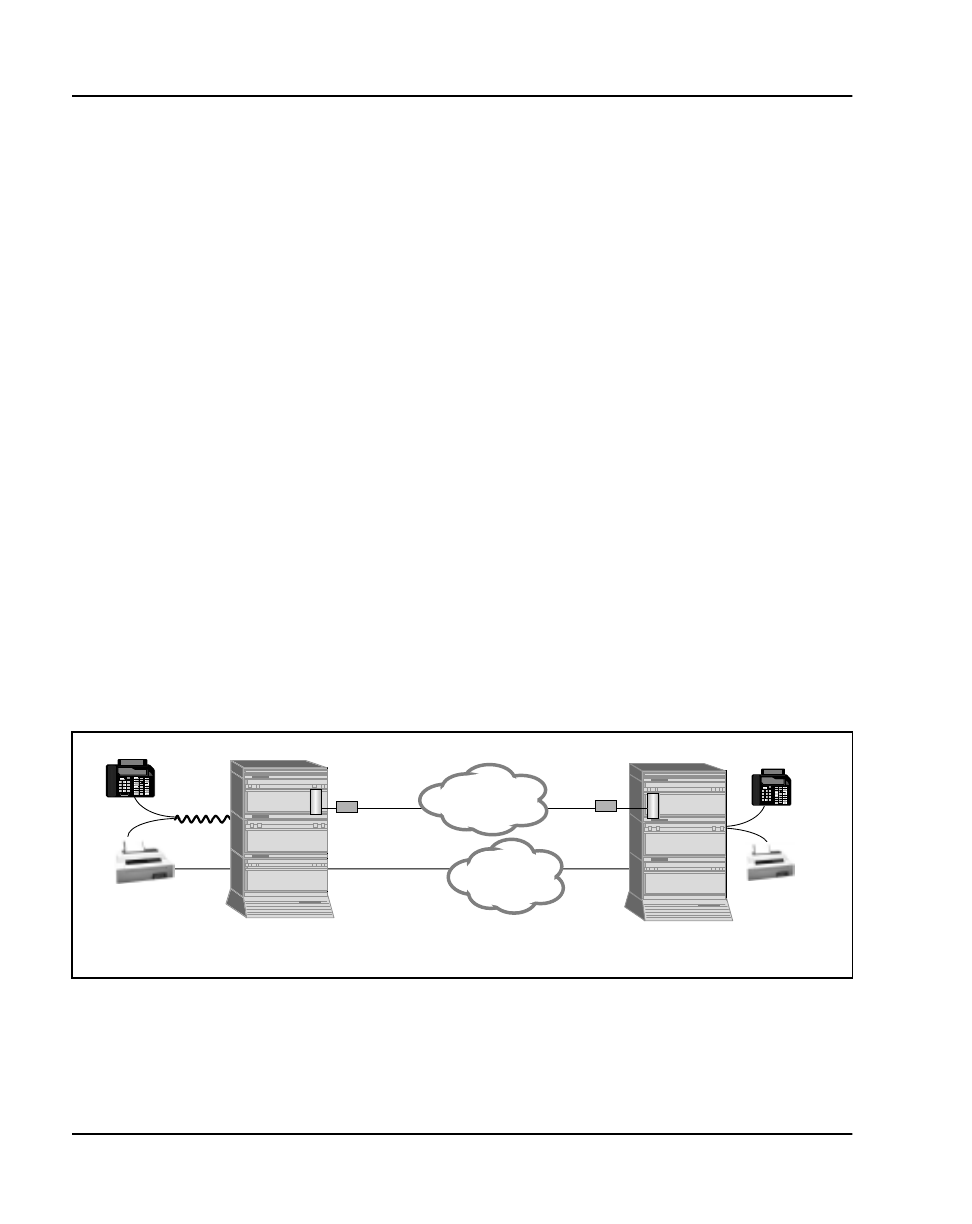- LG Software Innovations Coffeemaker User Manual
Table Of Contents
- Title Page
- Revision history
- Contents
- About this guide
- Description
- System requirements
- List of ITG ISDN components
- Ordering rules and guidelines
- ITG ISL Trunk card description
- ITG ISL Trunk card physical description
- ISDN Signaling Link
- Dialing plans
- Quality of Service
- Fallback to alternate facilities
- Type of Service
- Fax support
- Remote Access
- Per-call statistics support using RADIUS Client
- SNMP MIB
- Codec profiles
- Security passwords
- ITG Engineering Guidelines
- Introduction
- Network engineering guidelines overview
- ITG traffic engineering
- Configuration of Meridian 1 routes and network translation
- Assess WAN link resources
- QoS Evaluation Process Overview
- Set QoS
- Measure intranet QoS
- Implement QoS in IP networks
- ITG Trunk DSP profile settings
- Post-installation network measurements
- Estimate QoS level
- ITG MAT PC management configuration
- Install and configure ITG ISL Trunk node
- Before you begin
- Installation Procedure Summary
- Create the ITG Trunk Installation Summary Sheet
- Install and cable ITG trunk cards
- Install NTCW84JA Large System I/O Panel 50-Pin filter adapter
- Install NTMF94EA and NTCW84KA cables
- D-channel cabling for the NT0961AA 24-Port ITG Trunk card
- Set NT6D80 MSDL switches
- Install filter and NTND26 cable (for MSDL and DCHIP cards in same Large System equipment row)
- Install filter and NTND26 cable (for MSDL and DCHIP cards in different Large System equipment rows)
- Configure ITG Trunk data on the Meridian 1
- Configure dialing plans within the corporate network
- Configure ITG Trunk data on MAT
- Transmit ITG trunk card configuration data from MAT to the ITG trunk cards
- Set date and time for the ITG ISL Trunk node
- Change the default ITG shell password to maintain access security
- Change default ESN5 prefix for non-ESN5 IP telephony gateways
- Check card software
- Configure MAT Alarm Management to receive SNMP traps from ITG ISL Trunk cards
- Make test calls to the remote ITG nodes
- Upgrade an ITG Trunk 1.0 node to support ISDN signaling trunks
- Upgrade procedure summary
- Before you begin
- Install the DCHIP hardware upgrade kit
- Upgrade the 8-port ITG basic trunk software to ITG ISL trunk software
- Remove ITG 1.0 configuration data from Meridian 1
- Configure the Meridian 1 ITG ISL Trunk data: upgrade considerations
- Verify ROM-BIOS version
- Upgrade Troubleshooting
- OA&M using MAT applications
- OA&M using the ITG shell CLI and overlays
- Maintenance
- Appendix A: Calbe description and NT8D81BA cable replacement
- NTMF94EA E - LAN, T - LAN and Serial Port cable
- NTCW84KA E-LAN, T-LAN, DCH & Serial cable
- NTAG81CA Faceplate Maintenance cable
- NTAG81BA Maintenance Extender cable
- NTCW84EA DCH PC Card Pigtail cable
- NTMF04BA MSDL extension cable
- NTCW84LA and NTCW84MA upgrade cables
- Prevent ground loops on connection to external customer LAN equipment
- Replace cable NT8D81BA with NT8D81AA
- Tools list
- NT8D81BA cable removal procedures
- Appendix B: Environmental and electrical regulatory data
- Appendix C: Subnet mask conversion from CIDR to dotted decimal format
- Appendix D: Configure a Netgear RM356 modem router for remote access
- Index
- Back

Page 72 of
378
ITG Engineering Guidelines
553-3001-202 Standard 1.00 April 2000
Audience
This chapter is addressed to both telecom and datacom engineers who are
going to design and install the ITG network. It is assumed that the telecom
engineer is familiar with engineering the Meridian 1, and obtaining system
voice and fax traffic statistics. It is assumed that the datacom engineer is
familiar with the intranet architecture, LAN installations, tools for collecting
and analyzing data network statistics, and data network management systems.
ITG equipment requirements
The ITG system was designed for operation on a well provisioned, stable
LAN. Delay, delay variation or jitter, and packet loss must be minimized
end-to-end across the LAN and WAN. You must determine the design and
configuration of the LAN and WAN that link the ITG system. If the intranet
becomes overloaded, new calls to the ITG system fall back to normal
circuit-switched voice facilities so that the quality of service does not degrade
for new calls.
The ITG product is for intranet use only. ITG provides virtual analog ISL TIE
trunks between two Meridian 1 systems in an ESN network, as shown in
Figure 12. ITG does not support modem traffic except for Group 3 fax. The
technician must configure the Meridian 1 routing controls to route modem
traffic over circuit-switched trunks instead of over ITG.
The ITG system is available for options 11C, 51C, 61C, 81 and 81C systems
running X11 release 25 or later software. It is also compatible with SL-1
systems NT, RT, and XT upgraded to support IPE cards.
Figure 12
The Meridian Integrated IP Telephony Gateway intranet
MeridianMeridianMeridian
June 09 10:49 A
CFWD
IP
Router
Traditional
Route
Meridian
Meridian
Meridian
June 09 10:49 A
CFWD
Router
IP
..
..
Private IP
Private IP
data network
data network
(Intranet)
(Intranet)
Voice Trunks
10/100BaseT 10/100BaseT
553-9146
Voice/fax
(circuit-switched)
PSTN/Private
Network
(traditional)










